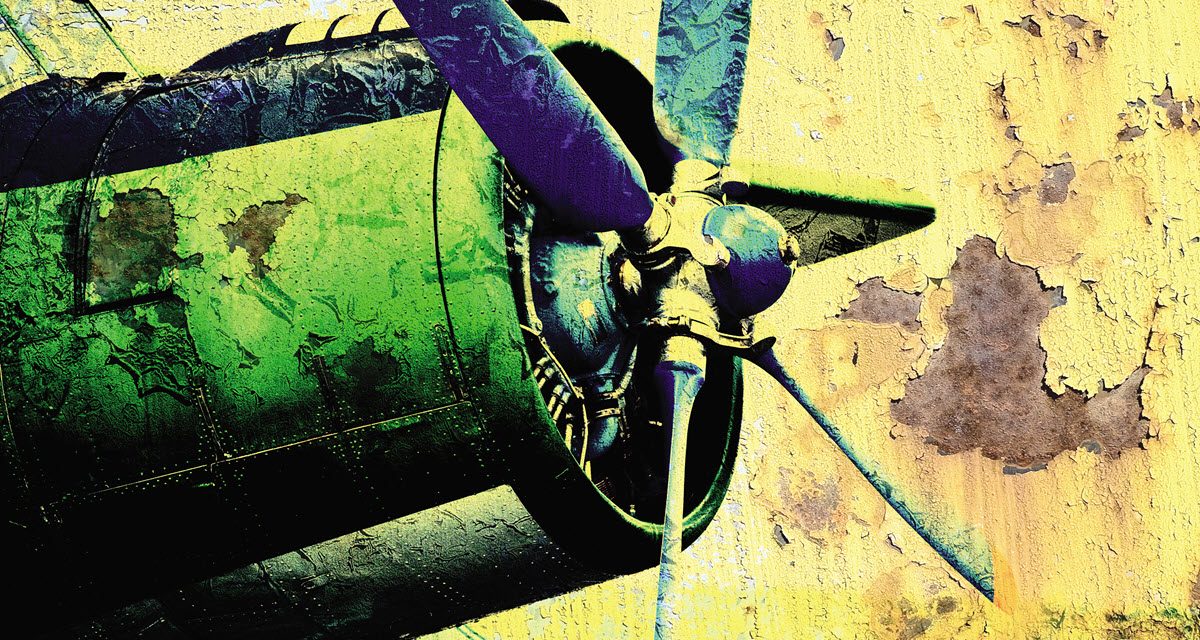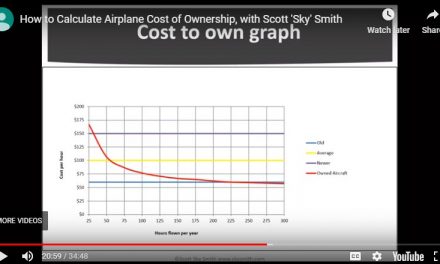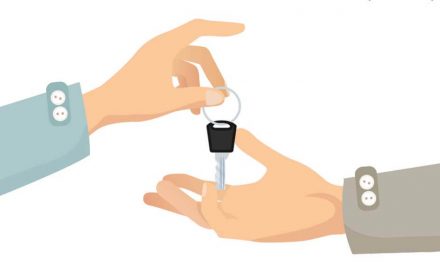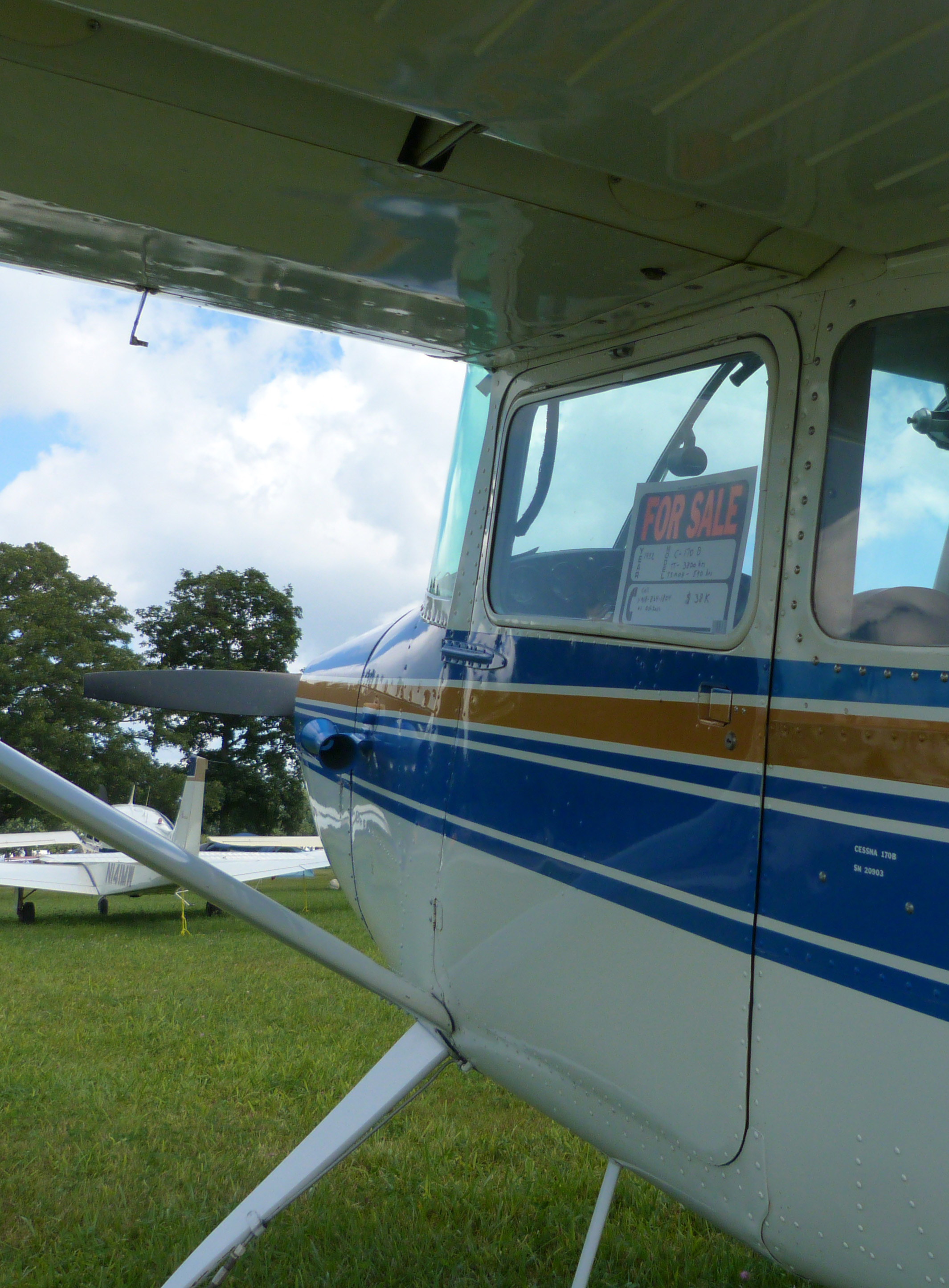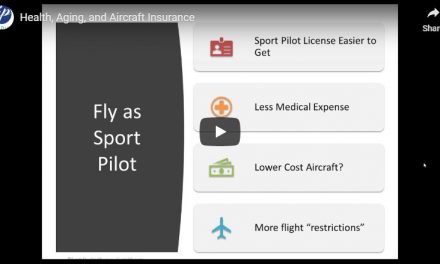Can spending money on an old aircraft save me money? Well, maybe.
Think of how we “price” our aircraft. I have a personal price for my aircraft. That’s the amount my aircraft is worth to me (and only me). I also have a “book” price. That is what the aircraft value guides calculate the aircraft is worth on the general market. These two values are probably not the same (although they can be). Anytime the “book” value is higher than my personal value, I feel that I should reconsider the valuation of my aircraft. I want to make sure that my personal value is in line with the general market value calculated by the book. An example is the owner who paid $25,000 for a Cessna 310 or Piper Aztec aircraft 10 years ago, but now it’s worth $40,000.
What influences the price?
Many things influence the price of the aircraft. One factor is the avionics. Another is the hours on the engine and airframe. But an important factor is also the age of the aircraft. And in today’s market, age is probably one of the biggest factors. Many of the aircraft on the market, and the fleet in general for that matter, are “old.” Age affects the maintenance, the operational cost, and the insurance. Surprisingly, many of the value books will state, “The year of the aircraft is not as important as the condition.” I think they have been saying this because many of the old, classic (in other words, popular) aircraft have been offered at extremely high prices. I think the guides are trying to reflect what the sellers of these aircraft have been saying. Just because the aircraft is old does not mean it is “cheap.”
Spend money to save money
A major way to keep the ownership costs down is to increase the value of your aircraft through improvements. These improvements might be an engine upgrade, a new propeller, or new avionics. It might be as simple as the addition of a STOL kit for the airframe or as complicated as a complete refurbishment from the ground up. Updating your older aircraft can improve things like safety (airbag shoulder harnesses), fuel economy (fresh engine with updated engine monitoring systems), climb performance (propeller), and even cruise speeds (airframe speed kits).
By spending money and improving what you have, you might save money in the long run. I know, this doesn’t always make sense. If you put $70,000 in a 1967 aircraft it might seem like a waste of money, but what you might end up with is something that is personalized and as close to new as you can get and at a substantial savings compared to a new aircraft of the same model. And in some cases, a new replacement might not even be available.
New “old” aircraft?
One of my favorite examples of improving on old aircraft is the Cessna Skymaster. This venerable push-pull twin engine aircraft has had a loved and maligned life at the same time. It is a “cult” aircraft — hated by some mechanics and loved by the fanatical owners. At one time, the aircraft was offered a complete revitalization to like-new status. Years ago, an entrepreneur named Jack Riley started converting and refurbishing aircraft with his name on them. One of those models was the pressurized Skymaster. The type was manufactured from 1973 until 1980 but only about 356 are listed as being built and sold in Cessna’s records. That means the supply of this aircraft is low and new production is nonexistent.
The point of all this is that Riley (and then Super Skyrocket LLC, which continued the work for a few years after Jack Riley’s passing) offered an aircraft that was as close to new as you could get. They would take the aircraft down to the bare bones of the airframe and refurbish and rebuild it. They would add almost any option you could think of and make the aircraft feel and sound like a new aircraft that had just been delivered from the factory production line. Maybe better than factory. (Trivia time — almost all the 1973 Pressurized 337s were sent back to the factory to be rebuilt.) But the Riley Skymasters were not new at all. They were still a 1973 or 1975 aircraft — whatever the type certificate says it is. And this is not necessarily a bad thing.
Rebuilding old aircraft is not a new process. Companies have been doing this for years. The thing these companies have figured out is, adding new avionics, rebuilding worn-out parts, and making the aircraft like new not only increases the value of the aircraft, but it can actually offer the owner an affordable replacement and reduce the operating cost of the aircraft.
Affordability is in the eye of the buyer
No, Riley and Super Skyrocket didn’t give a Riley Skymaster that had been refurbished away for free (or even for a low price). At the time, a used 1973 pressurized 337 was about $70,000. A Riley conversion was about $300,000. But compared to the cost of other new, pressurized light twins that were available, it was cheap.
Even now, the closest might be a pressurized Baron at something over a million dollars. In this case, the increase in the overall value actually “saved” money. A buyer can get “like-new” quality equipment and pay less than new prices!
But there is more to it than just that. Parts and replacements have become an issue for owners of older aircraft. If the owner of an older, outdated aircraft takes the initiative to update some of the “old” items, it might eliminate the need for some of the high-priced older parts. An example of this might be the old Cessna 175 that used the geared Continental 175-hp engine. The Continental model GO-300 might have been the best engine built (I’m not saying it is), but the fact that it was only used from 1958 to 1962 might indicate something. Replacement parts might start to get difficult and expensive.
Maybe the best option (besides selling the aircraft — just kidding!) is to replace the engine with a late-model Lycoming or Continental. By updating, the owner would increase the value of the aircraft but also reduce the chance of parts shortages and possible costs for replacement parts! In some cases, the aircraft needs improvements and modifications to keep it safe and reliable. In those instances, increasing the value is worthwhile.
Insurance problems with increasing values
With the increasing values of aircraft and parts and the lack of replacement models, many insurance companies have opted to discontinue coverage for certain models and ages of aircraft. Typically, old twin-engine and complex single-engine aircraft (which have been relatively inexpensive to buy) have been the worst hit. If you can buy an old twin for less than half the price of a single, why not buy the twin? Aging and complex aircraft are cheap for a good reason: maintenance and operational costs can be three to four times more than the simple, fixed-gear, single-engine aircraft.
From the insurance end, a nose gear collapse on an old Cessna 310 or Piper Apache can damage both engines and actually cost more to repair than the aircraft is worth. And then the rates will go up or the companies will quit insuring that type or age of aircraft. Which, by the way, is what has been happening.
Let’s say you have an early 1960s Cessna 182 or Piper Cherokee 235 (book value without all your improvements of $75,000) and you want to insure it for $150,000. The first thing the underwriters will ask for is proof of value (POV). A POV helps them look at the book values and add all the things you have done to the aircraft and see if they agree with your value. Usually this is not a problem, that is, when the prices are within reason. And “within” reason is usually about 10-20% over the book value. If you go over that 10-20%, well, sometimes the insurance companies just don’t want to have that much money in an “old” aircraft.
Why should they care? If you have receipts, they should insure what you want. Right? Wrong. If you over-insured the aircraft and have receipts for all the improvements and the aircraft is a total loss, the insurance company has to sell the salvage. And when the salvage buyer looks at the type certificate, even though the aircraft may have been completely refurbished in 2020, it is still a 1960s aircraft. It is in their best interest to keep the insurance values within the current market values of that model of aircraft.
Where does this leave the owner?
Before you drop the old bird off at the salvage lot for scrap or you take it to the nearest worn-out aircraft sales lot, check into upgrading what you have. I, like many others, like to buy new (or as new as I can) but sometimes the actual savings might be in spending more on what you have. Although, if I could buy a 2020 Cessna 182 for about $75,000, I don’t think I would be putting anywhere near that much into a 1965 model! But I’ve been shopping for that deal and not having much success. So, I guess I’ll have to watch the classifieds a little longer.

